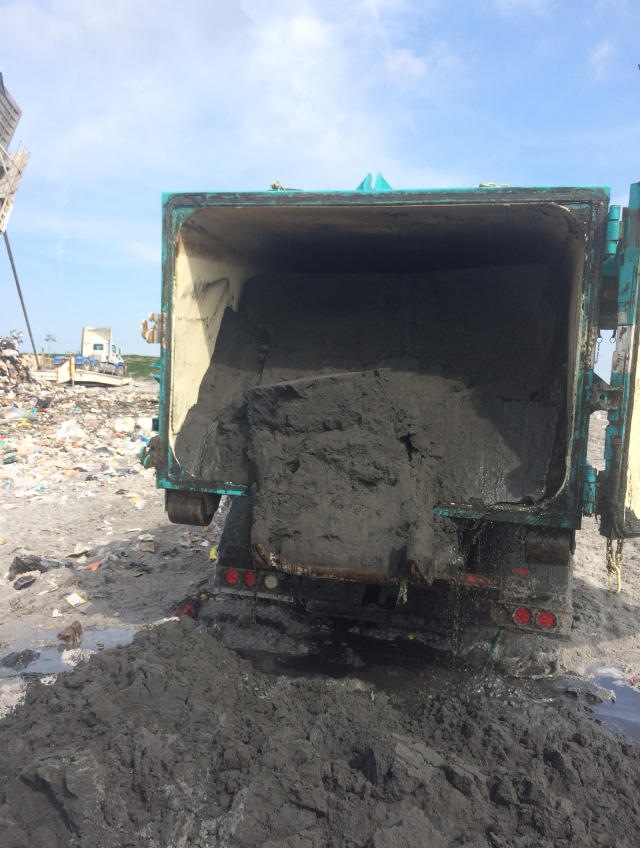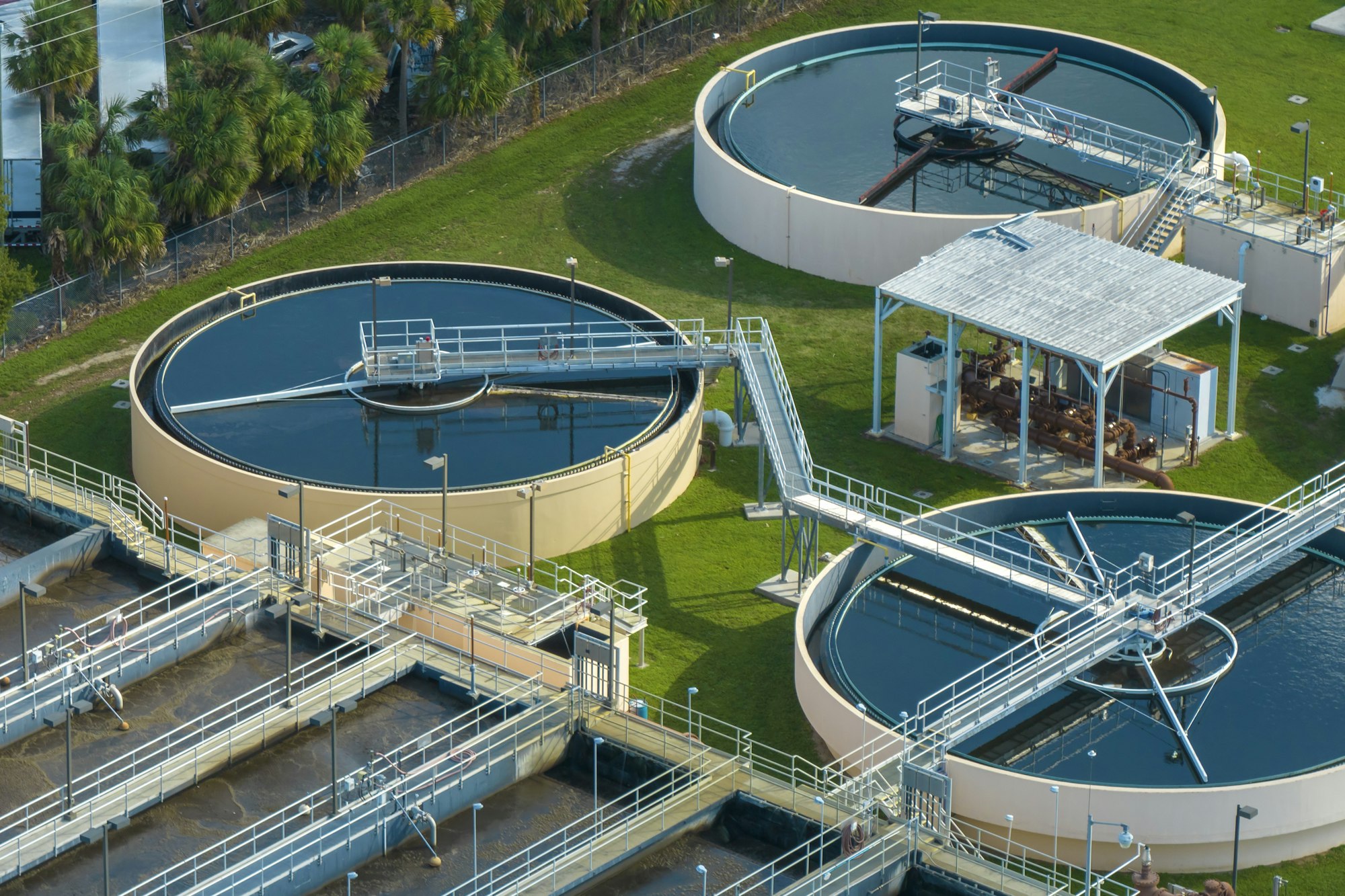Wastewater Visibility News
Utility Maintenance: How Debris Gets Into a Facility
Utility Maintenance: How Debris Gets Into a Facility
Ever wonder how debris gets into your facility?
The United States has between 700,000 and 800,000 miles of underground pipe that ranges from six inches to 240 inches in diameter. This aging infrastructure allows for debris to move through a waste collection system due to cracks and joints in the pipe.
Debris can be naturally occurring or litter. Natural occurring debris includes sand and grit; litter includes fats, oils and greases. Litter debris has been discarded into the wastewater by users of the system —commercial or residential.
 Debris accumulates in structures throughout wastewater collection and treatment systems such as pipes, manholes, lift stations, wet wells, grit chambers, aeration basins, tanks, digesters and other requisite structures.
Debris accumulates in structures throughout wastewater collection and treatment systems such as pipes, manholes, lift stations, wet wells, grit chambers, aeration basins, tanks, digesters and other requisite structures.
Sand and grit travel through the wastewater collection and treatment systems, ultimately ending up at the wastewater treatment plant. The material increases with aging infrastructure and can be exasperated by significant rainfall.
The accumulation of sand and grit in the aeration basin decreases capacity. This means the amount of oxygen is reduced and there is an increased use of energy and labor.
Utility Maintenance Matters
Debris issues are usually negotiated around until the adverse effects become critical. The longer the debris remains in the structure, the more challenging removal can be.
The overall risks to be considered include catastrophic, equipment and regulatory risks.

Author Notes
Wastewater Visibility News
More Recent Posts

First-Ever National Drinking Water Standard to Protect 100M People from PFAS Pollution

Are Your Wastewater Tanks Consuming Excess Energy Due to Sand and Grit? Emerging Technology Can Help You Find Out

Happy Easter

Efficiency in Serving Wastewater Utilities
Subscribe
Get news delivered straight to your inbox the day it gets published."*" indicates required fields
